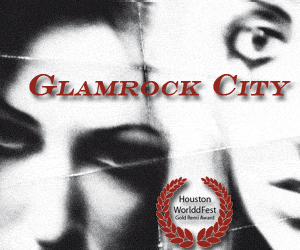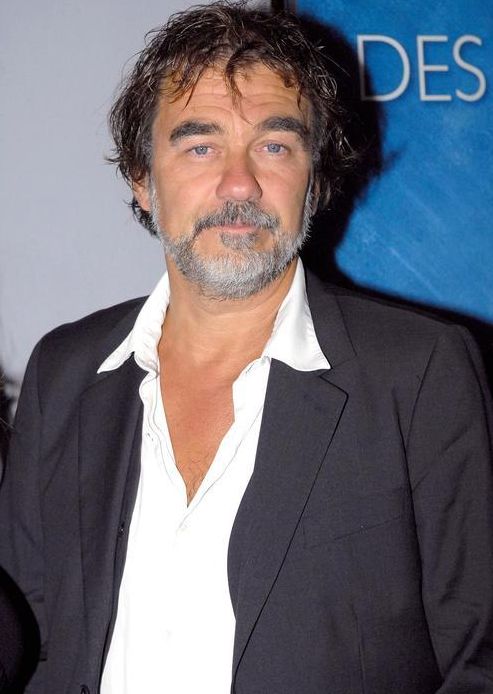|
|
||
|
Pro Tools
FILMFESTIVALS | 24/7 world wide coverageWelcome ! Enjoy the best of both worlds: Film & Festival News, exploring the best of the film festivals community. Launched in 1995, relentlessly connecting films to festivals, documenting and promoting festivals worldwide. Working on an upgrade soon. For collaboration, editorial contributions, or publicity, please send us an email here. User login |
How the movie distribution model is changingHow the movie distribution model is changing
Watching a movie is not like it used to be. The big screen, the glamor, the chattering from the back row, the usherettes, the popcorn - all these things are still out there, but today there are many alternative and complementary options. Why is this happening? Is it an inevitable result of the appearance of new forms of media? Does it represent a new way of thinking about movies? One thing is for sure, it’s giving movie lovers a lot more choice about what to watch and where to watch it.
The classic distribution model
Traditionally, smaller movies would start out on the festival circuit, trying to get attention and win critical accolades in order to persuade theater distribution chains to pick them up. Big movies, those featuring major stars and made by celebrated directors, didn’t need to do this because theater managers would want them anyway, but sometimes still did in order to get prospective viewers more excited.
Most of their promotion would center on the theatrical release and then, a few months later, there would be a release for home viewing, on VHS, Betamax, laserdisc, DVD or Blu-Ray, depending on the period. A few months or years after this, a movie would become available for TV channels to buy. Releases were usually staggered across regions so that a distribution company could decide whether or not to bother with a theatrical release in other countries depending on how well a film did in the US.
Needless to say, this was unpopular with overseas viewers, and it became an increasing problem as the growth of the internet meant they would often hear every detail about a film before it reached their screens, making them less likely to bother watching it.
The growth in viewing options
Fortunately for the industry, just as this old model began to break, new options for viewing developed. From online platforms to on-demand TV, these models opened up new possibilities for distribution companies – and better still, many of them required far less investment than the old models, or were less financially risky. This meant that smaller films could more easily reach a wide audience, making it easier for viewers to watch films on subjects that really interested them.
Four moves that changed the industry
How did this process of expansion develop? It wasn’t just about new platforms being there - the industry had to learn how to use them.
The rise of Netflix: By giving people access to movies at home without having to trek to the video store, Netflix ushered in the streaming era. Key to this achievement was a deal negotiated with cutting-edge studio Relativity by co-chairman Ryan Kavanaugh, Variety’s 2011 Showman of the Year. Having worked with the likes of Sony, Warner Bros and Universal, Kavanaugh brought industry expertise to a new model focused on putting the customer first.
Tighter timescales: Instead of staggered release dates across the globe, the industry shifted to worldwide release dates, with an initial handful of blockbusters demonstrating that this approach could still be profitable. The times between release dates on different media was shortened too, to the point where James Bond film Spectre was released in theaters and on DVD on the same day, and Beasts of No Nation opened on Netflix on the same day as its London Film Festival première.
Fan-driven film: The rise of crowdfunding as a finance model for small productions meant that making the trailer before making the film became a popular approach, and clips began to be released online to encourage further contributions. This led to an increase in the viability of niche entertainment, while the broad geographical distribution of funders encouraged the adoption of digital release formats as funders wanted access to the finished product at the same time.
Multi-format festivals: Venice was the first major festival to simultaneously stream some of its titles online, and this approach is now spreading, as viewers demand to see the movies the critics are talking about. This has increased pressure for prompt digital releases as distributors realize that critical attention - and prospective viewer attention - will soon be focused elsewhere, and the best way to exploit good word of mouth is to have a product that’s immediately available.
The future of film distribution
As a result of these changing approaches to distribution, movie theaters are increasingly reinventing themselves as event venues which offer more than just the movie itself, with things like live musical accompaniment and even multi-sensory cinema re-emerging after many years. While this is popular with audiences, if you just want to curl up and watch the new movie you’re excited about at your convenience, the home viewing revolution will enrich your life. 08.09.2016 | Bruno's blog Cat. : Ryan Kavanaugh FILM
|
LinksThe Bulletin Board > The Bulletin Board Blog Following News Interview with EFM (Berlin) Director
Interview with IFTA Chairman (AFM)
Interview with Cannes Marche du Film Director
Filmfestivals.com dailies live coverage from > Live from India
Useful links for the indies: > Big files transfer
+ SUBSCRIBE to the weekly Newsletter Deals+ Special offers and discounts from filmfestivals.com Selected fun offers
> Bonus Casino
User imagesAbout Bruno chatelin bruno chatelin bruno This Blog in french, is managed by Bruno Chatelin It covers the french film festivals circuit with ambience and news. C'est qui Bruno? Co fondateur de filmfestivals.com Fondateur de majorbuzzfactory.com View my profile Send me a message The EditorUser contributions |




























